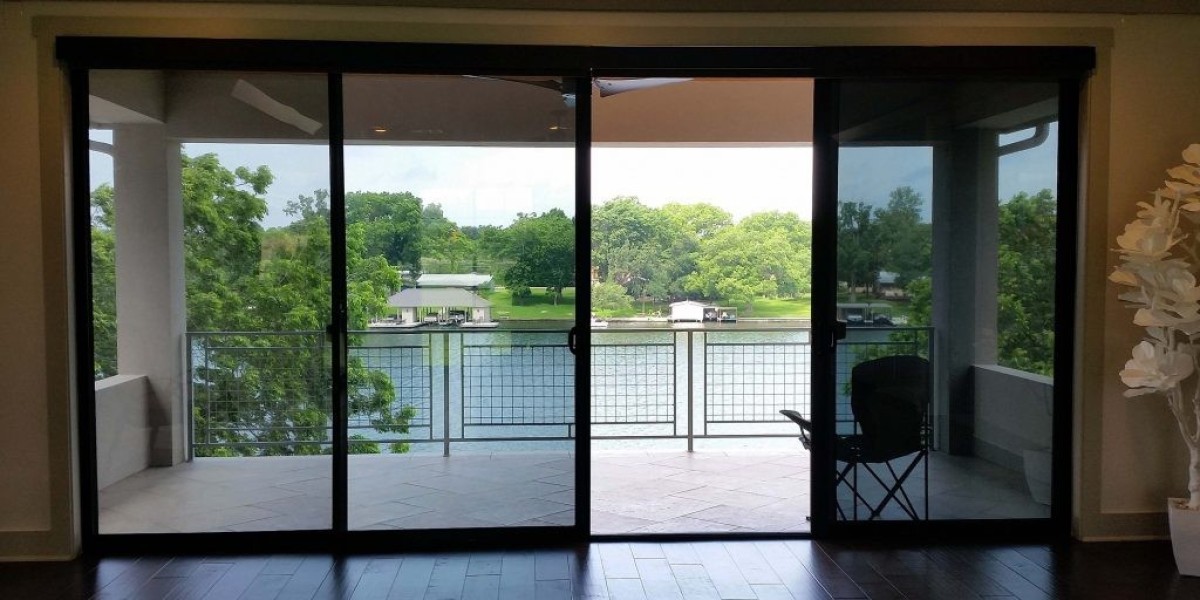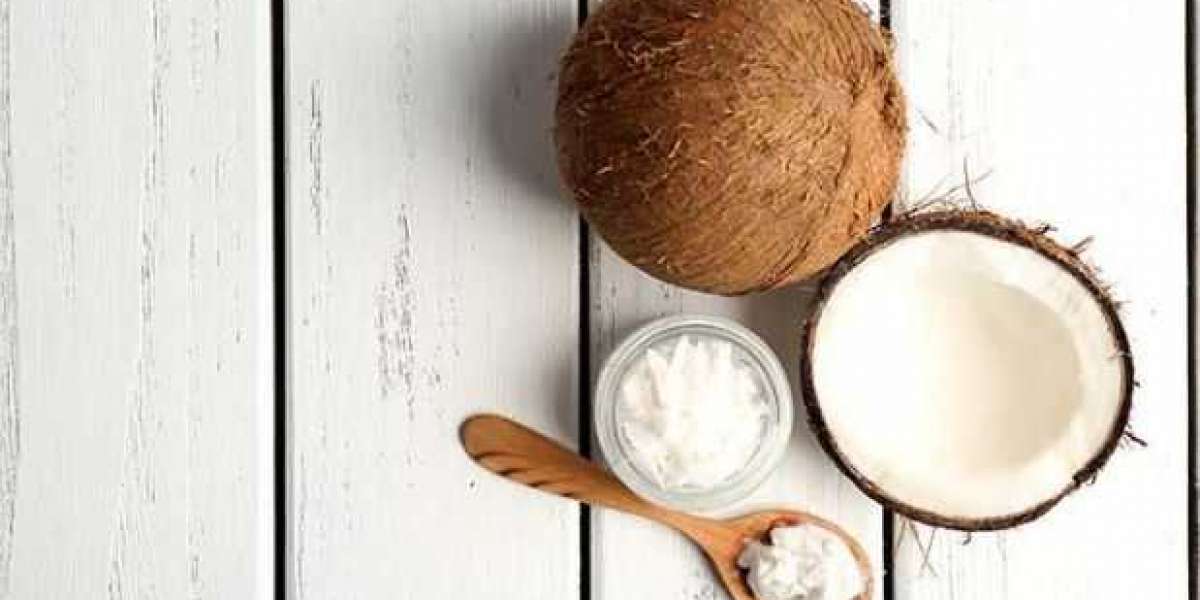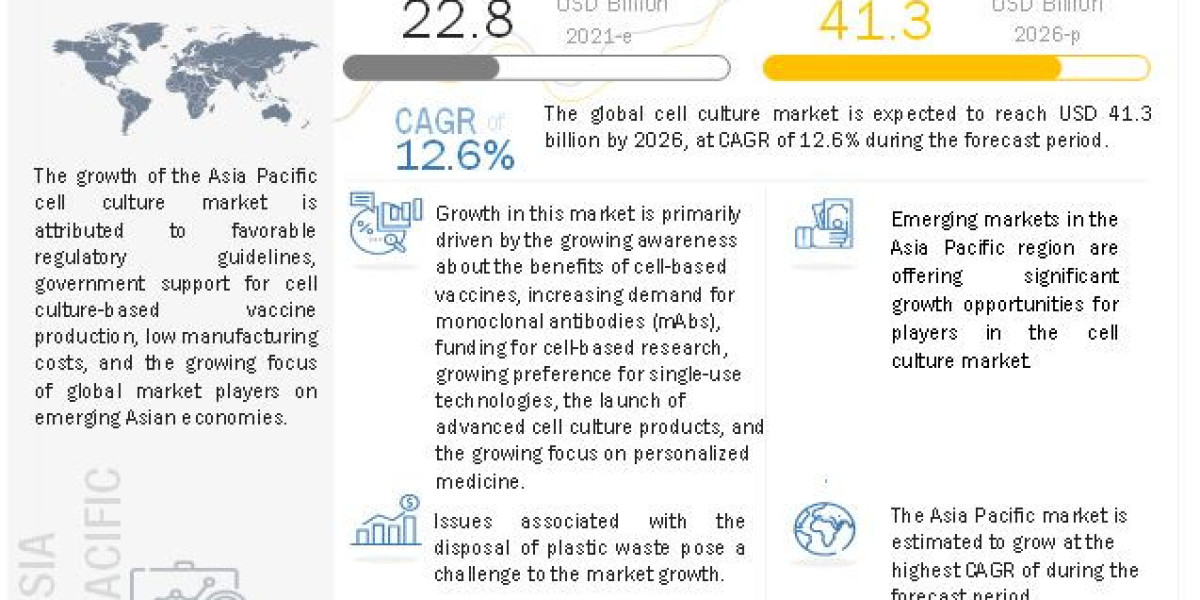Business owners are discovering the myriad benefits that window tinting can offer, from energy savings to enhanced aesthetics. In this article, we’ll explore the cost-effectiveness of window tinting for commercial properties, examining both the upfront investment and the long-term savings.
Understanding Window Tinting
Commercial window tinting involves applying a thin film to glass surfaces to reduce solar heat, glare, and UV exposure. The films come in various types, including reflective, non-reflective, and ceramic, each offering different levels of heat reduction and UV protection.
Benefits of Window Tinting
Energy Efficiency: Window tinting can significantly reduce heating and cooling costs by blocking a substantial amount of solar heat. This is especially important in climates with extreme temperatures.
UV Protection: Tinted windows block up to 99% of harmful UV rays, protecting furniture, flooring, and merchandise from fading, thus prolonging their lifespan.
Increased Comfort: By reducing glare and maintaining a more consistent indoor temperature, window tinting enhances the comfort of employees and customers.
Aesthetic Appeal: Tinted windows can improve the overall appearance of a building, making it look more modern and professional.
Upfront Costs vs. Long-Term Savings
Initial Investment
The cost of window tinting for commercial properties can vary widely depending on factors such as the type of film used, the size of the building, and the complexity of installation. On average, business owners can expect to pay between $2 to $5 per square foot for quality window tinting.
While this upfront cost might seem significant, it’s essential to consider it in the context of long-term savings.
Energy Cost Savings
One of the most immediate financial benefits of Commercial window tinting is the reduction in energy costs. Studies have shown that window tinting can reduce cooling costs by up to 30%. For a commercial property, this can translate into substantial savings. For instance, a business with a monthly energy bill of $1,000 could save around $300 each month, amounting to $3,600 annually. Over several years, these savings can quickly offset the initial investment.
Extended Lifespan of Assets
By protecting furniture, flooring, and equipment from UV damage, window tinting can help businesses save on replacement costs. The extended lifespan of these assets contributes to overall cost savings that may not be immediately apparent but are significant over time.
Tax Benefits and Incentives
In addition to direct savings, business owners should consider potential tax benefits. Some regions offer tax credits or deductions for energy-efficient upgrades, including window tinting. By investing in window tinting, businesses might reduce their taxable income, leading to additional savings.
Green Building Certifications
For businesses pursuing green building certifications, such as LEED (Leadership in Energy and Environmental Design), window tinting can contribute to achieving these standards. Not only does this enhance a company’s reputation, but it can also attract eco-conscious clients and customers.
Enhanced Employee Productivity
While not a direct financial benefit, improving employee comfort through window tinting can lead to increased productivity. Studies have shown that comfortable work environments enhance focus and efficiency. Fewer distractions from glare and temperature fluctuations can help employees perform better, indirectly benefiting the bottom line.
Safety and Security Enhancements
Window tinting can also improve safety and security. Tinted windows hold shattered glass together, reducing the risk of injury during accidents or break-ins. This added layer of protection can lead to lower insurance premiums, contributing to overall cost-effectiveness.
Considerations for Choosing a Tint
When evaluating the cost-effectiveness of window tinting service, businesses should consider several factors:
Film Quality
Investing in high-quality window films is crucial for maximizing long-term savings. Cheaper films may not provide the same level of UV protection or energy efficiency and may require replacement sooner.
Professional Installation
For optimal results, hiring professionals for installation is essential. Poorly installed tint can lead to bubbling, peeling, and a range of other issues that negate the benefits.
Building Type and Location
The effectiveness of window tinting can vary based on the building’s orientation, size, and local climate. A thorough assessment by a professional can help determine the best type of tint for specific circumstances.
Conclusion
The cost-effectiveness of Commercial window tinting properties is clear. With significant energy savings, extended asset life, potential tax benefits, and enhanced employee productivity, window tinting is an investment that can pay off over time. While the upfront costs may seem daunting, the long-term financial and operational advantages make it a wise choice for businesses looking to improve their properties.



